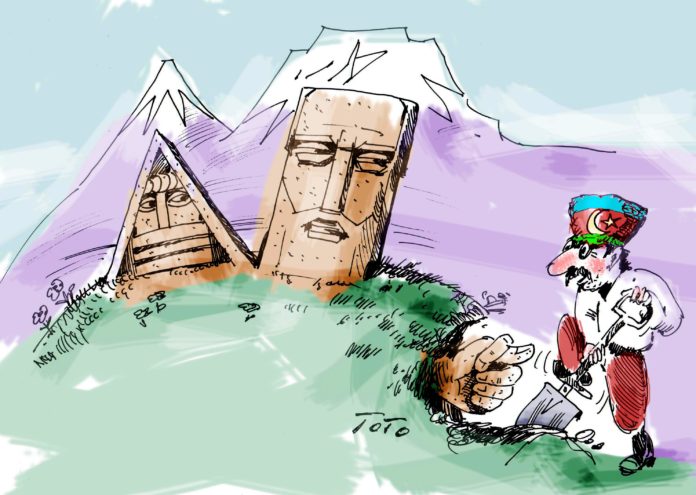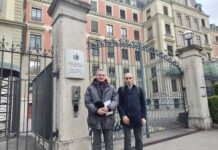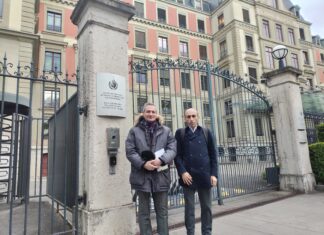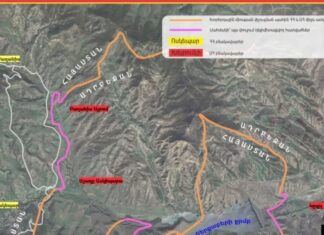Armenians and Azeris have been trading cross-border attacks and sniper fire since the beginning of the Karabakh conflict in 1988.
President Ilham Aliyev of Azerbaijan has made no secret of favoring a no-war, no-peace policy in the region to wear out Armenia, depopulate the country and pave the way for a takeover, not only of Karabakh but also Armenia.
Since an unofficial meeting between Armenian Prime Minister Nikol Pashinyan and Aliyev in Astana in October 2018, cross-border shootings had noticeably decreased.
However, a sudden burst of violence on the border on March 6 in the Ghazakh region, leaving one Azeri soldier dead and one Armenian soldier wounded, does not indicate a routine exchange of fire but rather a signal of a broader political development in the region. In particular, four days later, in another attack, one Armenian soldier died.
Although Armenia and Azerbaijan are not directly involved in the Syrian war, their respective associations with Russia and Turkey have led to fallout in the Caucasus.
When Turkey lost 32 soldiers in the Idlib conflict in Syria, with another 30 wounded, President Recep Tayyip Erdogan planned his reprisals very carefully. He simultaneously took a trip to Baku, with a large delegation, and on the other hand, appealed to the West, and in particular, to NATO. The West’s cool response to Erdogan’s plea opened the floodgates of immigrants in Europe, breaking a 2016 agreement with the European Union in which Turkey agreed to give a home to refugees fleeing Syria.










